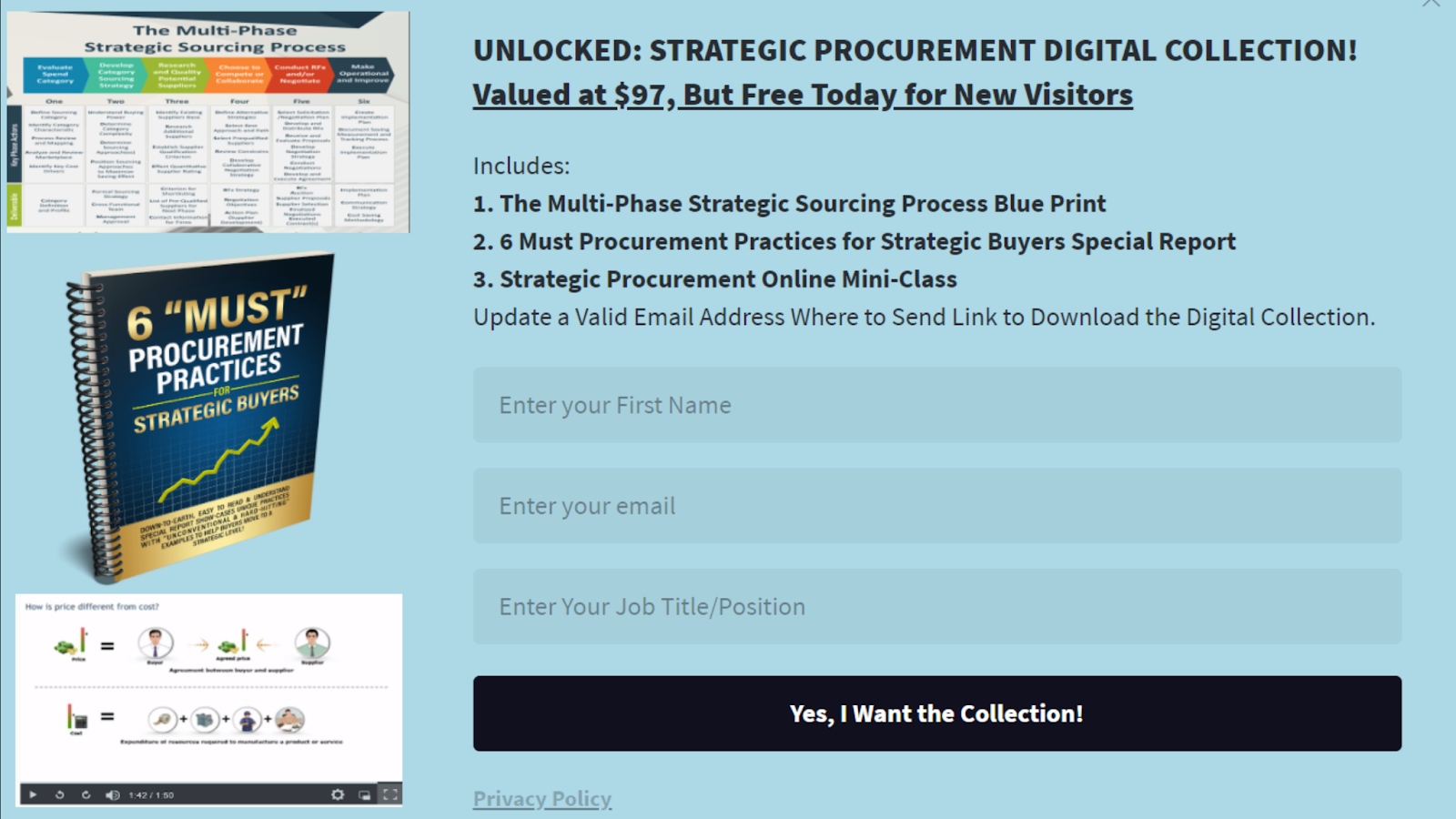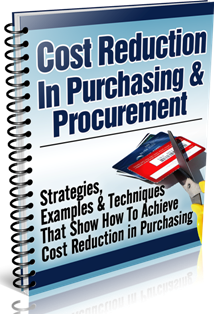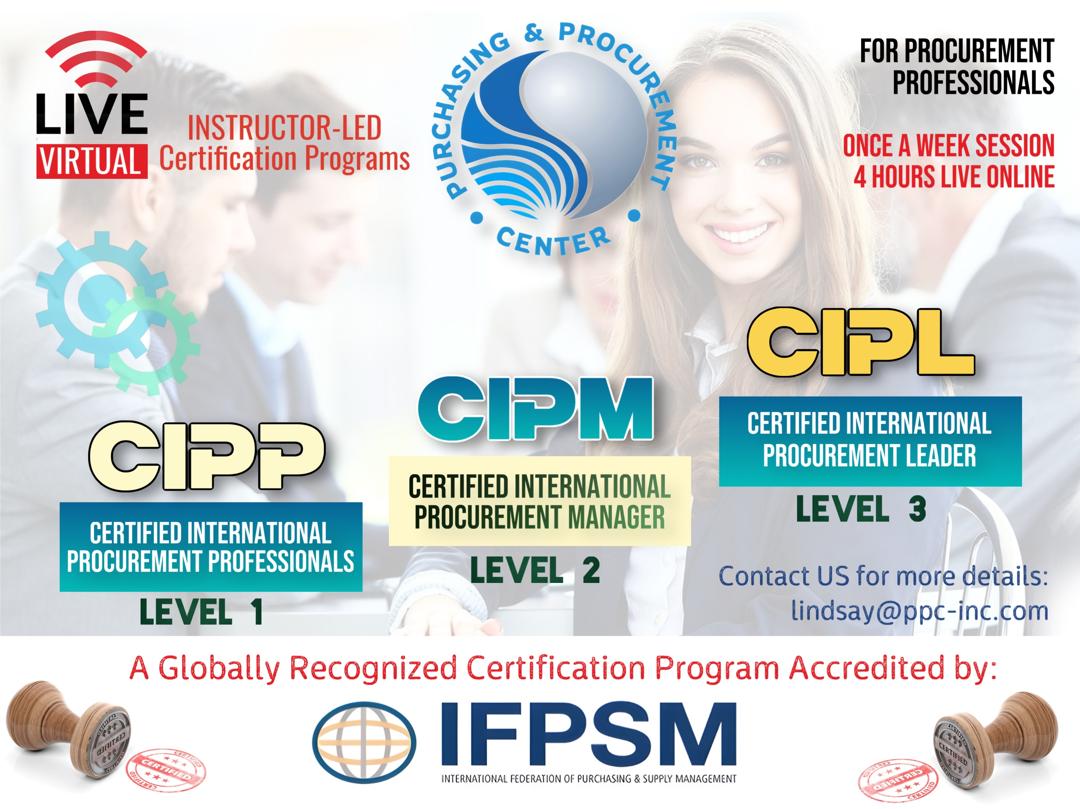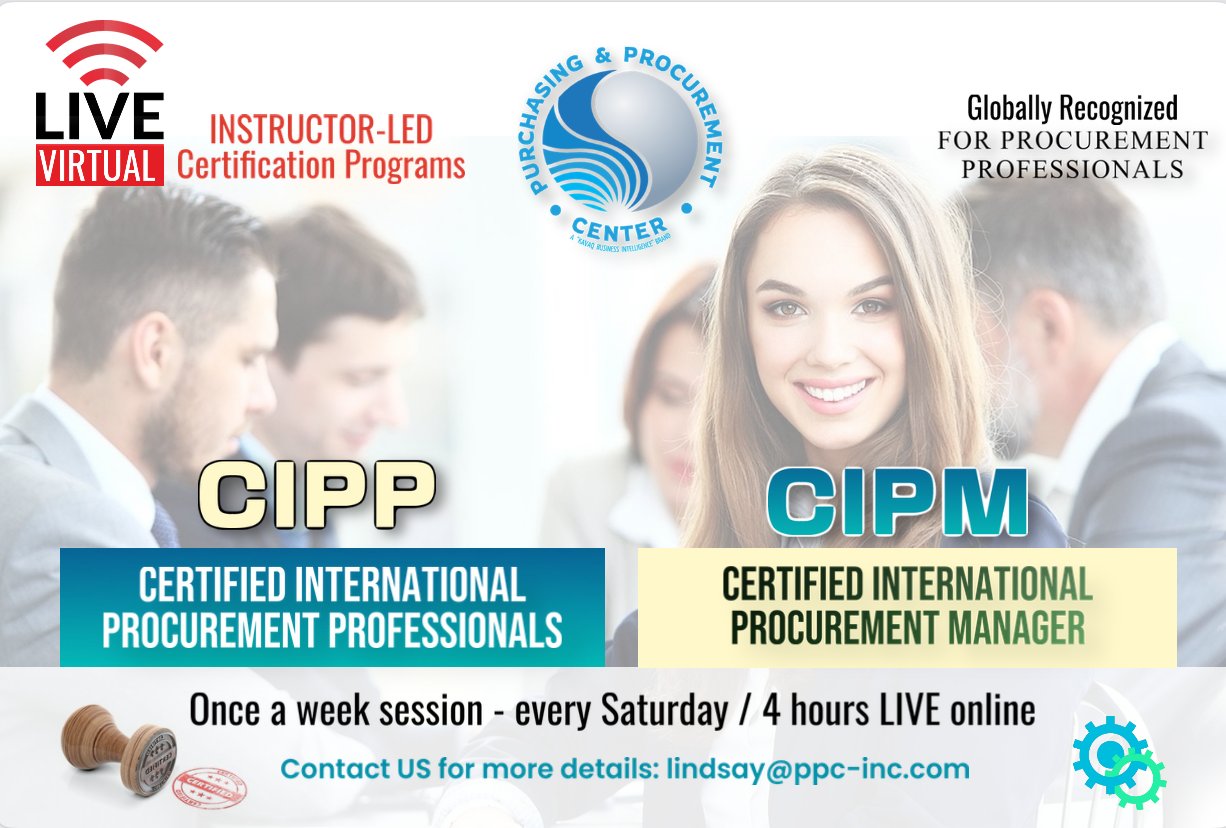The 7 Core Purchasing Strategies!
Purpose of Purchasing Strategies?
Companies implement purchasing strategies in order to:
- make cost effective purchasing decisions from a group of efficient vendors who will
- deliver quality goods
- on time and at
- mutually agreeable terms.
Examples of Purchasing Strategies ...
Some purchasing strategies may include such choices as making procurement savings by using centralized purchasing which is concentrating the entire procurement activities within one principal location & source of authority.
1. Single Source Procurement
For example some companies may decide to undertake a single source procurement strategy that involves obtaining excellent dedicated service from a single vendor. These strategies are predominant when sourcing for IT or indirect purchasing such as office supplies and cleaning.
2. Purchasing Cycle
Other companies may use a procurement strategy of using a core purchasing cycle. This is where they order from a group of regular vendors and use outsourcing procurement for their larger and ad hoc purchases.
3. Procurement Auctions
Still others, particularly when they are seeking labor for short-term projects will use procurement auctions in order to obtain the best pricing levels.
Regardless of the size of the company, there is a core group of 7 purchasing strategies that most of them implement.
1. Supplier Optimization & Relationship Building
The company chooses an optimum mix of vendors who can provide the best prices and terms. This process usually means that the less able suppliers who cannot provide a quality service at the terms and prices required are discarded. This is by far the most common of the various purchasing strategies.
2. Total Qualify Methods (TQM)
Total Quality Methods, require the vendors to provide an ever increasing quality service with zero errors. The supplier ensures purchasing best practices using a number of tools such as six sigma.
3. Risk Management
As more companies obtain their supplies from countries such as China and India, they are more concerned with the risk management of this supply chain. Whilst these countries can supply products at very advantageous prices, these advantages can be soon negated by a natural or human disaster.
- Japan's Fukushima Nuclear Disaster!
Japan's Fukushima Nuclear Disaster in 2011 shook up the supply chain as in the race to provide better quality at lower prices, manufacturers picked very narrow, optimized supply chain. They put all their eggs with one supplier that had the best product at the lowest price. This resulted in production delays, product shortages and higher prices, since manufacturers had not factored risks from a natural disaster of such a great scale.
- Covid-19 Risks Reversed?!
With Covid-19 in 2020 the situation became 'funny'. When Covid-19 hit China in January 2020 Buyers from Europe were confirming whether their Chinese suppliers could deliver as agreed - these suppliers were struggling to meet demand due to lock-downs in China.
However 2 months later the situation 'turned-around' because Covid-19 hit Europe, US & other parts of the world - now the Buyers were asking their Chinese suppliers to delay delivery as they were not operating due to lock-downs in Europe.
4. Global Sourcing
Large multinational companies see the world as one large market and source from many vendors, regardless of their country of origin.
Implementing a global strategic sourcing strategy means efficiently sourcing goods and services from any country that can manufacture the goods or provide the service more economically.
While Global Sourcing is here to stay, organizations need to tread carefully and have plans in place to manage risks.
5. Vendor Development
Depending on the scale and depth of services or goods a vendor provides, it might be necessary to work closely with such vendors. Helping in developing processes that assist these vendors to come with better or cheaper products, helps companies to reduce costs.
Or in cases where a company is dependent upon just one supplier for their products & the supplier is unable to perform to the required standards, the purchaser may assist the vendor in improving their service or implement processes to improve their procurement cycle. This ultimately would help the purchaser/buyer have a reliable supplier and product deliveries.
6. Green Purchasing
This is one of the more common purchasing strategies for governments and local governments. This strategy champions the need for recycling and purchasing products that have a negative impact on the environment.
7. Building & Training People's Procurement Skills
While training people is the soft-side of purchasing & procurement strategies, this is probably the most important strategy - all the other strategies above would have to be implemented by people, and if they don't have the necessary skills to deliver the procurement strategy, the strategy delivery will fail.
For many years since it started in 2014, Deloitte Annual CPO Survey reveals that more than half of CPO's & Procurement Director's worldwide, say that their teams do not have the necessary skills & capabilities to deliver their procurement strategy. This number remains more or less constant regardless of the year the survey is published.
Build your Skills with the Free Strategic Procurement Digital Collection!
What Do Procurement & Purchasing Strategies Accomplish?
Overall effective purchasing strategies are those that help companies promote their procurement best practices of ...
- Minimizing costs,
- Maximizing quality, &
- Ensuring that quality products are delivered on time.
Improve Your Purchasing Strategies with Free Access to the Strategic Procurement Digital Collection!
Other Related Articles
How to Do ABC Analysis & Classification?
Discover what is ABC analysis and ABC classification with practical examples of A, B, C inventory items. What do you do after you complete ABC analysis and classification explained.
Centralized Purchasing – Good Or Bad?
Discover if Centralized purchasing is right for your company or not – 15 advantages and disadvantages outlined.
How to Manage MRO Purchasing? – What is the Key Focus of MRO Purchasing?
Outsourcing Procurement – Benefits vs Problems
What are pros and cons of Outsourcing procurement – 9 benefits and 4 key problems explained.
Procurement Auction – Is It A Better Way To Buy Products?
Discover the 5 procurement auction activities – Plus the 5 advantages and 4 disadvantages of purchasing auctions.
Procurement BPO – Why companies are wary to do procurement BPO?
Procurement BPO – Why companies are wary to do procurement BPO? Is there a way for successful BPO?
16 Ways to Procurement Savings
16 Ways To Increase Purchasing Savings, drive down procurement costs, improve supplier terms and decrease product prices.
17 Purchasing Best Practices – Designed To Profit
Discover 17 Purchasing Best Practices Leading To A Profitable Purchasing Department
The Purchasing Cycle – How Purchases Are Made
What Is A Purchasing Cycle? – The 11 Steps That Show How A Purchasing Cycle Works?
The Purchasing Managers Index Explained – How Are You Doing?
Find out what the Purchasing Managers Index (PMI) actually means – how to understand its score?
Single Source Procurement – Good or Bad Idea?
Single source procurement is purchasing from only one vendor because they are … It’s a very precarious position for the client to be in, as they are ….
Return from Purchasing Strategies to Purchasing Procurement Center Homepage







